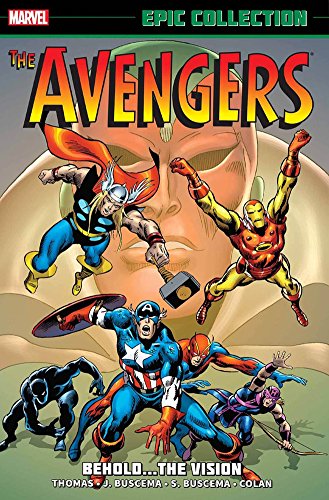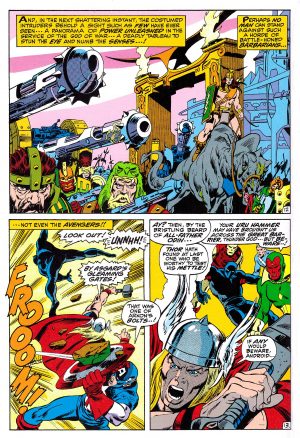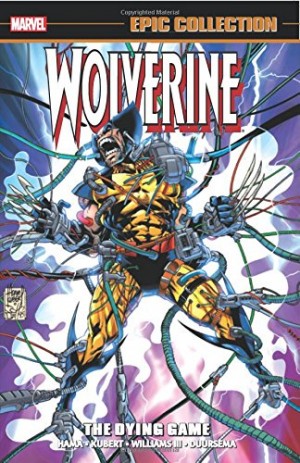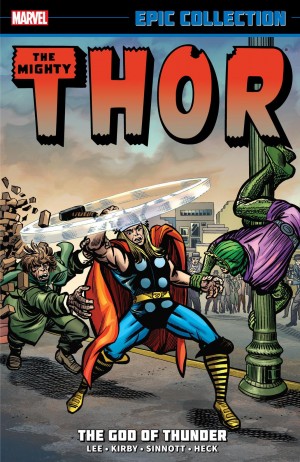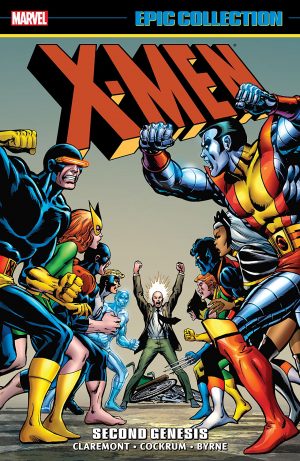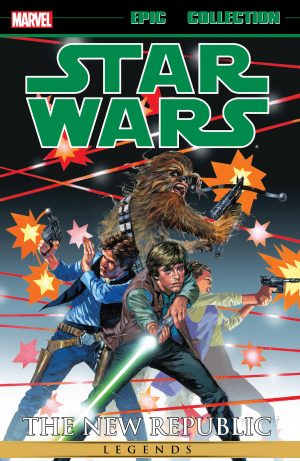Review by Karl Verhoven
The 1968 introduction of the Vision marked a turning point for Roy Thomas on The Avengers. He was the first superhero created specifically for the team, indicating a growing ambition on Thomas’ part and an awareness of what the Avengers could be. Until the material collected in Behold… The Vision, his stories often featured neat ideas and touching character moments (see Masters of Evil), but rarely pulled together completely. Starting with the introduction of the Vision, the opposite would be true, with lapses infrequent. Thomas also became expansive in his storytelling. We have the first three part Avengers story, two part tales are the norm, not the exception, and after the crossover with X-Men in The Masters of Evil, there’s a crossover with Doctor Strange, and a conclusion to the recently cancelled S.H.I.E.L.D. series.
That exemplifies the fun element of Thomas’ Avengers. Scorpio plagued S.H.I.E.L.D. without there being a full awareness of what he was. Thomas applied some thought to the name, deciding Scorpio was just one of a dozen leading members of a crime cartel called Zodiac, each aligned to a star sign. They’re a faintly ridiculous bunch now, but the idea is solid. So is the manner of returning Quicksilver and Scarlet Witch to the team via a barbarian world, the introduction of the Squadron Sinister, sending the Avengers back to World War II, and fusing that Scorpio story with plots from the cancelled Captain Marvel title. Best of all, while the dialogue is too melodramatic for today’s tastes, Thomas evolved the personalities of the team. Identity is a unifying theme, not just via the Vision wondering what he is, but Clint Barton and Hank Pym becoming different superheroes, and the Black Panther discovering hostility at home in Wakanda and in New York. Thomas doesn’t preach, and focussing on race hate was just a peg for a superhero action thriller, but he raised the issue nonetheless, and the point he makes with the ending is interesting. The Avengers also have distinctive voices. “Say I didn’t hear that color-tube jockey right!” is unmistakeably Barton, while the Vision is always the voice of logic and reason, and the Black Panther regal.
As a list, the artists involved edge toward mouth-watering, with John Buscema, Sal Buscema, Gene Colan, Frank Giacoia, Howard Purcell and Barry Windsor-Smith, but it’s only really John Buscema who’s on top of his game (sample art). It’s still very early in then plain Barry Smith’s career and while the raw talent can be seen, he’s in thrall to Jack Kirby and can’t achieve what he wants. Colan, so polished on other titles, doesn’t really come to terms with a team, his fluid style competent without thrilling, and it’s also early in Sal Buscema’s career. Giacoia is good, including a spectacular Black Panther montage, but only draws the single story, while Purcell is great on the mystical elements of a Black Knight solo story, but his civilian scenes could have been from 1948 instead of 1968.
For all the spirit on display, not everything works. Ultron’s return is dragged on too long, there’s the occasional tendency to have plot convenience over-ride trust between team-mates, some character moments flop (the Swordsman and Hawkeye) and quoting poetry after the effective initial reading of Ozymandias is a mistake. Those are small faults. The biggest stumbling block will be the tendency of the time for characters to explain themselves, but get past that and there’s a lot of enjoyment in Behold… The Vision. The content is also available in hardcover spread across Marvel Masterworks Avengers volumes 6, 7 and 8.
